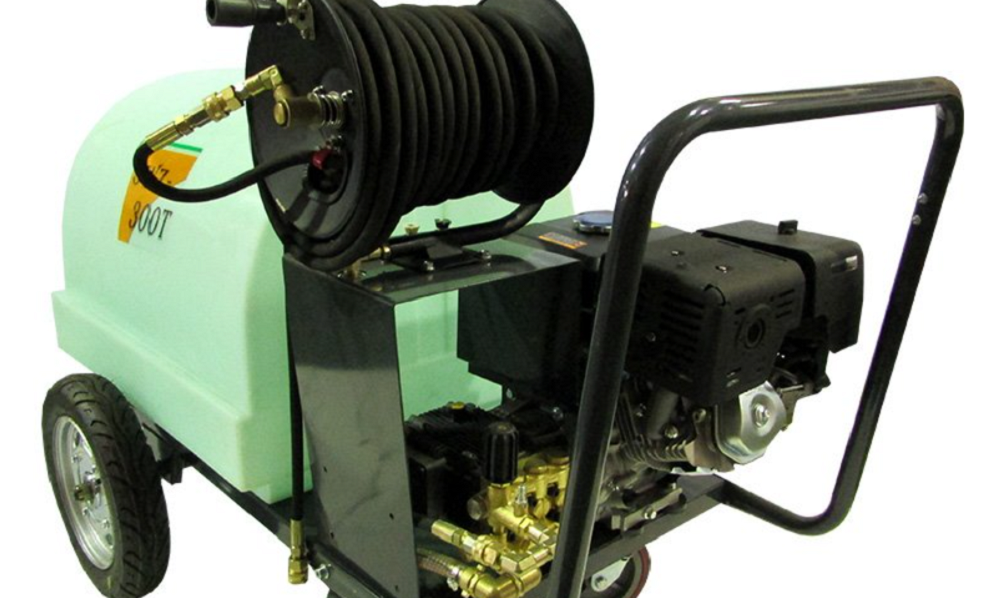Professionals should grasp the definitions, purposes, and advantages of several types of heat sinks. After all, they are needed to find the appropriate one for cooling electrical gadgets.
Copper and aluminum extrusion heat sinks are always chosen for cooling electronic applications. However, heat sinks categories differ according to airflow, material, water utilization, and manufacturing method.
Heat Sinks are categorized by airflow
Heat Sink in Passive Mode
Passive heat sinks do not rely on induced air movement (fans). They are usually more trustworthy than active systems. A heat sink that also serves as the gadget casing is an excellent example.
Active Heat Sink
Active heat sinks are heat sink installations that contain a power source, such as a turbine or blower, adjacent to the heating surface. Heat sinks that depend on pumping liquid to absorb residual energy from the hot source are also included.
Active heat sinks are more efficient in general. That’s because the air is pushed and moved through the fin area. This results in a reduced and lightweight heat sink design.
Heat Sinks Categorized by Material
Aluminum Heat Sink
Aluminum seems to be a compact, easy-to-make, and cheaper material that is appropriate for most heat sinks. The most popular alloys are 6061 and 6063, whereas 1050 and 1100 are purer and have somewhat better permeability.
Heat transfer, or the capacity to transport heat, is roughly half that of copper. This restricts the amount of heat that can be transported or transmitted away from the hot inside the foundation of a heat sink.
Copper Heat Sink
The effectiveness of heat sinks can be boosted by copper, with a heat capacity of roughly 400 W/m-K. CDA110 (391 w/mK) is a common alloy for a copper plate. The disadvantage is that copper is three times bulkier and twice as expensive as aluminum.
Water-Use Categorized Heat Sinks
The above class, as cumbersome as it may sound, consists of:
- solid metal heat sink assemblies;
- heat sinks employing two-phase devices; and
- pumping liquid heat sinks.
Solid Metal Heat Sink
Heavy steel heat sinks are made up of a base that absorbs heat and a fin array that dissipates heat into the surrounding atmosphere. The foundation and wings of a heat sink can be made up of different metals based on the production process – copper or aluminum for cooling electronic applications. These seem to be the least costly forms of heat sinks.
Pumped Liquid Heat Sink
Pumped fluid heat sinks often refer to a design in which the motor and fan array are located far from the heat source. This type of heat sink allows for injecting the liquid into a cooling surface connected to a heat source. The fin array will then turn and allow for the surface to be cooled. While extremely effective in dissipating heat, it is also the least dependable way of chilling electronics.
Two-Phase Heat Sink
The most popular two-phase devices are gas capsules and heat pipes. They are usually included in heat sink systems to improve general performance. The really high temperature of such two-phase devices enhances the general efficiency of the heat sink assembly.














